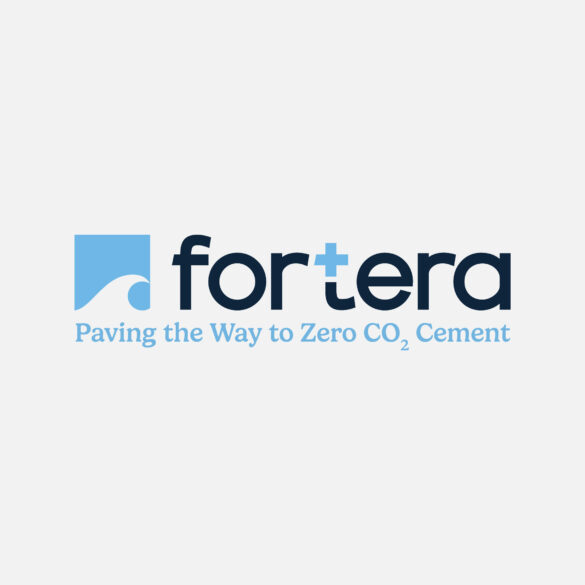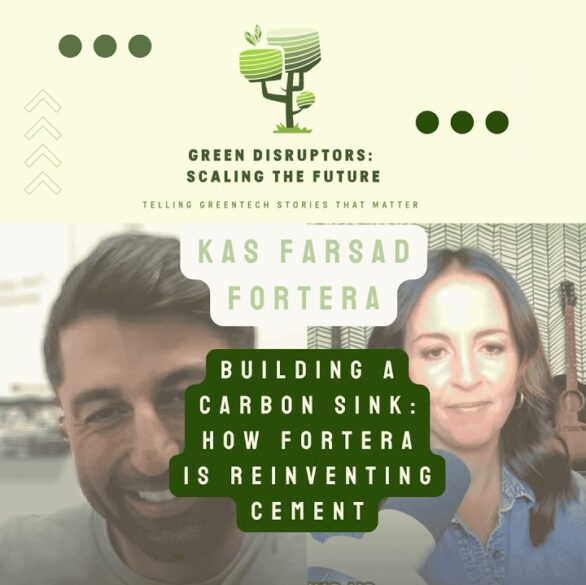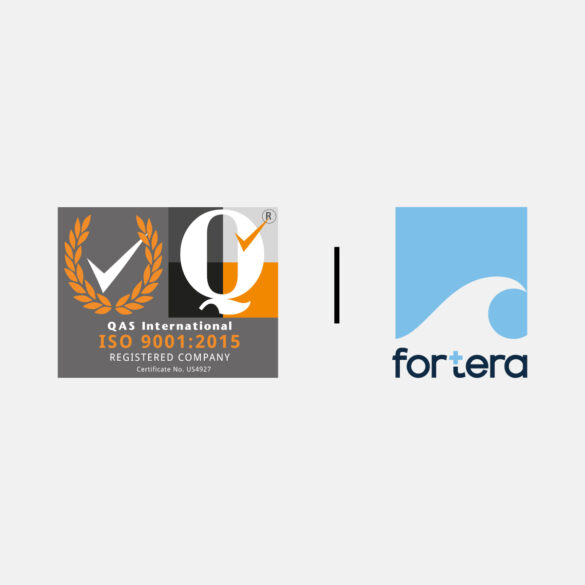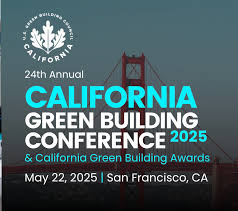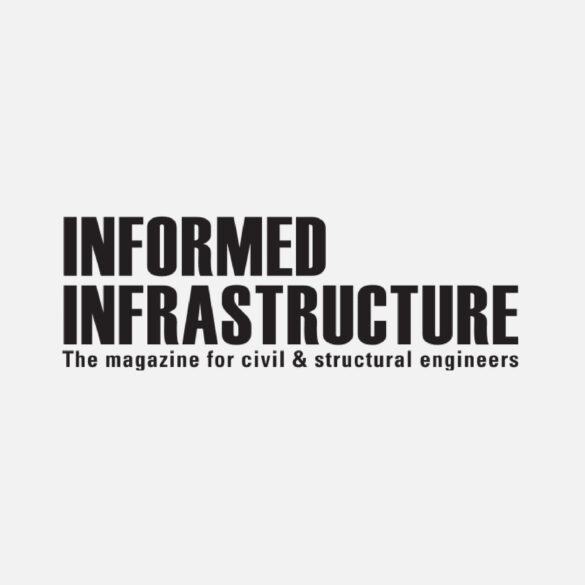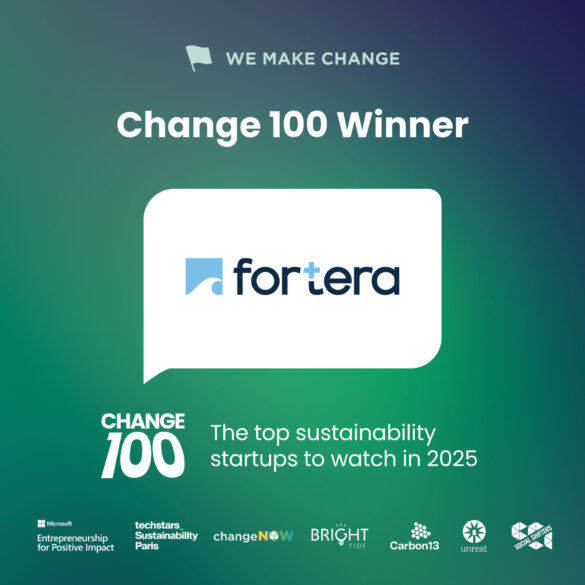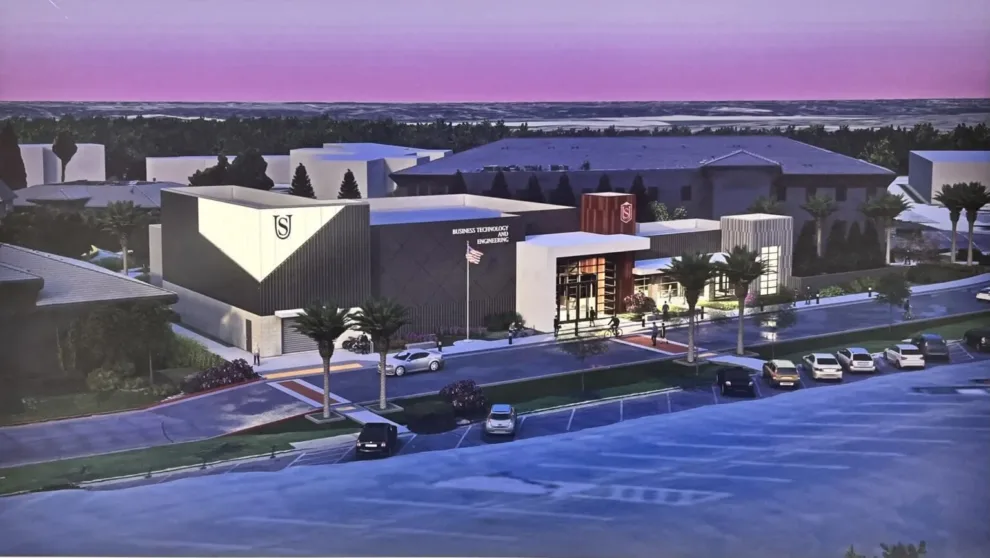News & Events
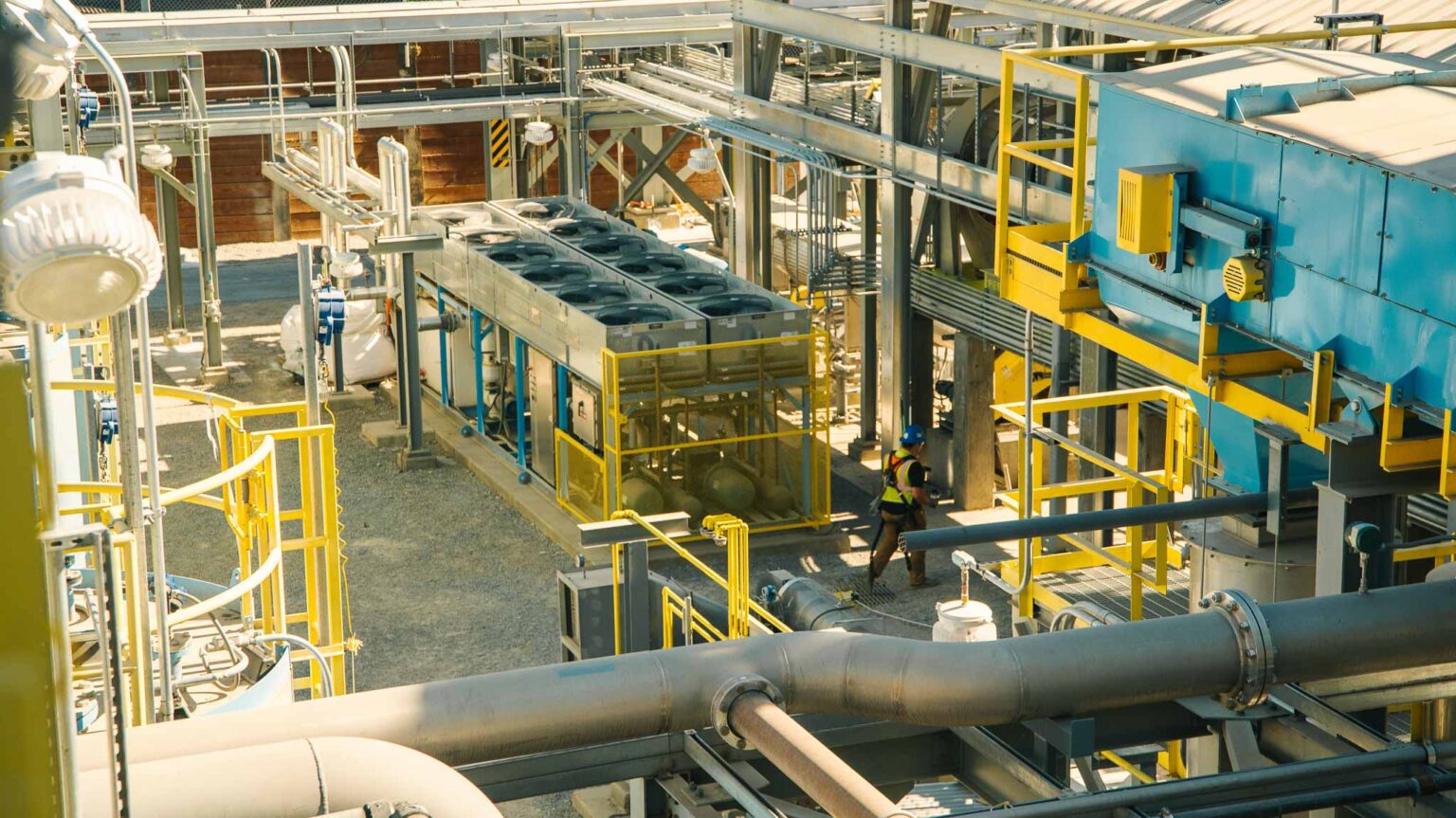
Article
Fortera lands $85M to scale up low-carbon cement
Cement-making is responsible for a lot of CO₂ emissions. With the new funding, Fortera aims to expand use of its tech, which can clean up the process.
Read ArticleMedia Inquiries
Are you a member of the press working on a story?
Press Releases
June 26, 2025
Fortera Strengthens Leadership Team to Support Low-Carbon Cement Project Delivery and Global Growth
News
June 03, 2025
Fortera Earns ISO 9001 Certification for ReAct SCM Production
Podcasts
May 30, 2025
Building a Carbon Sink: How Fortera Is Reinventing Cement
Press Releases
May 22, 2025
Fortera’s Redding Green Cement Plant Achieves ISO 9001:2015 Certification
Events
May 22, 2025 / San Francisco, CA
California Green Building Conference 2025
News
May 07, 2025
Concrete Products: Making the Grade
News
May 06, 2025
Fortera Featured as Project of the Week
News
April 29, 2025
Change 100 Sustainability Startups to Watch in 2025
Podcasts
April 23, 2025
Alternative Power Plays Podcast
News
April 17, 2025
Fortera Cement Provides Foundation for College Building
News
April 10, 2025
 No results found
No results found
